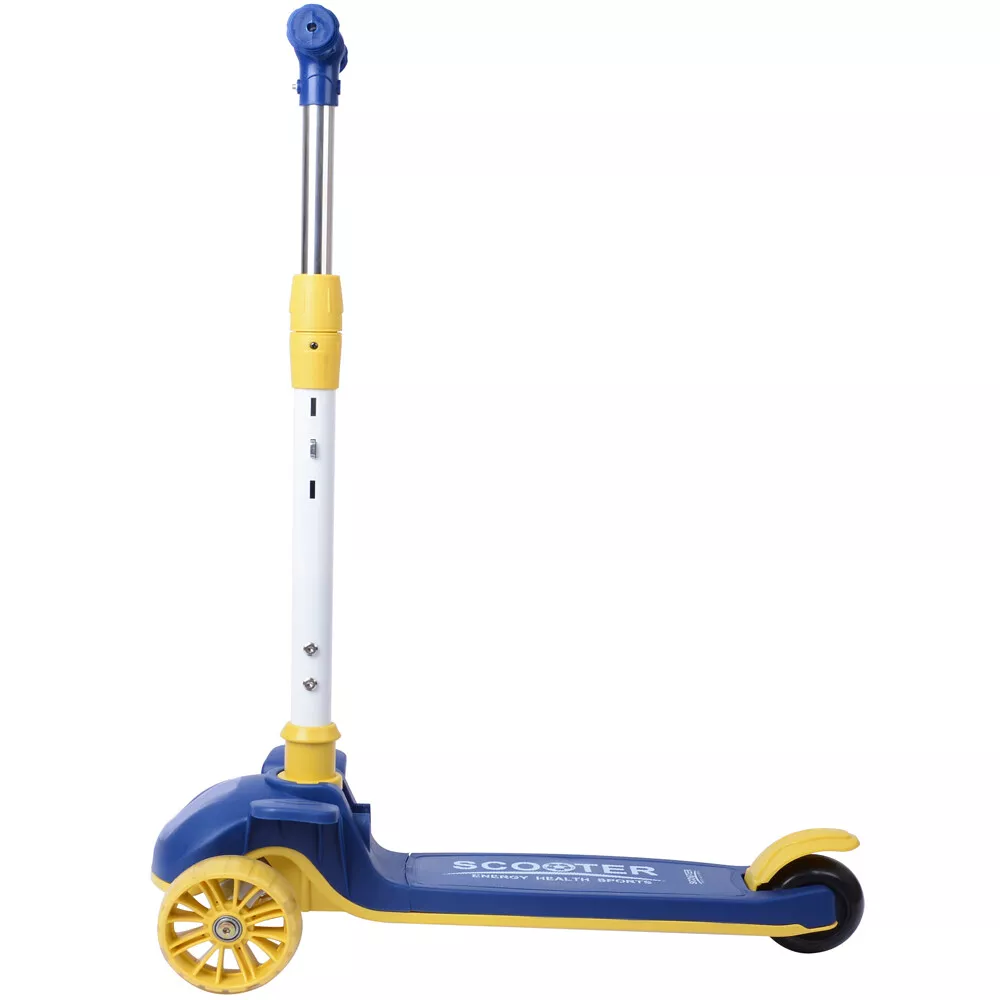The Evolution of Electric Scooters A 5-Year Journey
The past five years have witnessed a remarkable transformation in urban mobility, with electric scooters emerging as a popular alternative to traditional modes of transportation. The surge in e-scooter usage is not merely a trend, but rather a reflection of shifting urban development strategies, technological advancements, and environmental consciousness. This article delves into the evolution of electric scooters over the last five years, particularly focusing on the innovations, challenges, and societal impact that have defined this period.
The Rise of Electric Scooters
Electric scooters, often referred to as e-scooters, gained significant traction around 2018. As cities began to grapple with congestion and pollution, many turned to e-scooters as a solution. With their compact size, eco-friendly nature, and ease of use, e-scooters quickly became an attractive option for both commuters and casual riders. Ride-sharing companies like Bird and Lime emerged, launching fleets of e-scooters that could be rented through smartphone apps, making them accessible to a wide audience.
Over the past five years, the e-scooter market has expanded exponentially. Initially, the technology behind e-scooters was relatively simple, but numerous companies have since invested heavily in research and development to create safer, more efficient, and user-friendly models. Innovations include improved battery life, which allows for longer rides without frequent recharging, and enhanced safety features such as better brakes, integrated lights, and reflectors.
Technological Advancements
One of the most notable advancements in e-scooter technology is the development of smart features. Modern e-scooters are now equipped with GPS tracking, enabling users to locate the nearest available scooters and helping companies manage their fleets more effectively. Furthermore, some models incorporate mobile apps that provide real-time data on battery levels, maintenance needs, and riding statistics, enriching the user experience.
Battery technology has also seen significant improvements. Manufacturers are now utilizing lithium-ion batteries, which are lighter, more durable, and have a higher energy density than previous generations. This has not only led to longer ranges per charge but has also made the scooters more lightweight and portable, enhancing their practicality for urban commuting.
lehuo scooter 5 years

Challenges in the Industry
Despite the rapid growth and technological advancements, the e-scooter industry has faced its share of challenges. One prominent issue has been safety. E-scooter accidents, often caused by reckless riding, poor infrastructure, or accidents with vehicles, have raised concerns among policymakers and the public. In response, cities across the globe have implemented regulations, such as speed limits, designated riding zones, and mandatory helmet laws, to ensure rider safety. Manufacturers are also addressing this concern by developing scooters with enhanced stability and brake systems.
Another challenge has been the environmental impact of e-scooter production and disposal. While e-scooters are generally considered an eco-friendly alternative to cars, the carbon footprint associated with manufacturing batteries and the short lifespan of some models can negate some of these benefits. To counteract this, companies are exploring sustainable manufacturing practices and investing in recycling programs for old scooters and batteries.
Societal Impact
The societal implications of electric scooters are profound. They have the potential to reduce traffic congestion and lower carbon emissions in urban areas. By providing a convenient last-mile solution, e-scooters encourage individuals to opt for public transport and leave their cars behind. Additionally, they offer an affordable transportation option for those who may not own vehicles, contributing to increased mobility and accessibility.
Moreover, e-scooter usage has inspired cities to rethink their urban infrastructure. As more people embrace scooters, city planners are beginning to prioritize bike lanes and pedestrian areas, creating safer environments for all road users. This shift towards more sustainable urban planning is critical as cities strive to meet climate goals and improve the quality of life for their residents.
The Future of E-Scooters
Looking ahead, the future of electric scooters appears bright. As cities continue to evolve and adapt to new modes of transportation, e-scooters will likely play an integral role in urban mobility. With ongoing advancements in technology, commitment to sustainability, and increasing public acceptance, electric scooters have the potential to shape the future of how we navigate our cities. The last five years have laid the groundwork for an exciting era of transportation innovations, and e-scooters are at the forefront of this transformation.
-

 Scoot&RideKids Child Kick Push Scooter 3 Wheels with LED Flashing Tilt Lean Boys Girls Scooter
Scoot&RideKids Child Kick Push Scooter 3 Wheels with LED Flashing Tilt Lean Boys Girls Scooter




- 4
$33.17 -

 Scoot&RideKids Scooter Child Kick Flashing LED Light Up 3 Wheel Push Adjustable Folding 3
Scoot&RideKids Scooter Child Kick Flashing LED Light Up 3 Wheel Push Adjustable Folding 3- 0
$25.52 -

 Scoot&RideKids Scooter Child Kick Flashing LED Light Up 3 Wheel Push Adjustable Folding 2
Scoot&RideKids Scooter Child Kick Flashing LED Light Up 3 Wheel Push Adjustable Folding 2- 0
$33.17 -

 Scoot&RideKids Scooter Teens Foldable Kick Push Scooter Adjustable Height Safe 2 Wheels
Scoot&RideKids Scooter Teens Foldable Kick Push Scooter Adjustable Height Safe 2 Wheels




- 4
$49.99
Meet our partners and discover what powers their creativity!
When you register for a Lohas scooter, you will receive a 10% discount on your first order and can be notified of sales, new product launches and other offers in advance.









